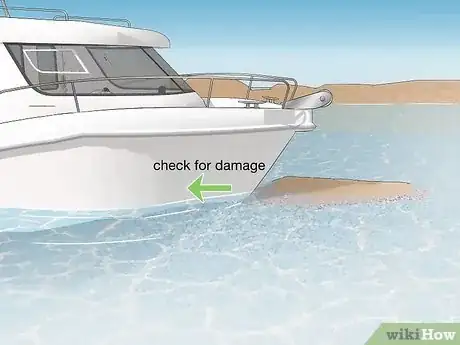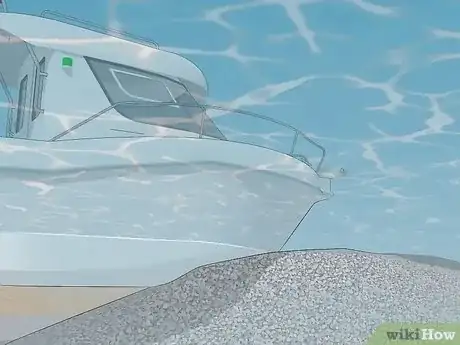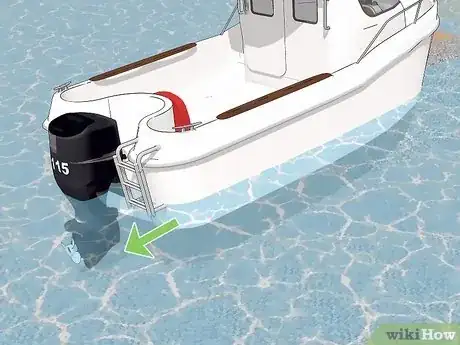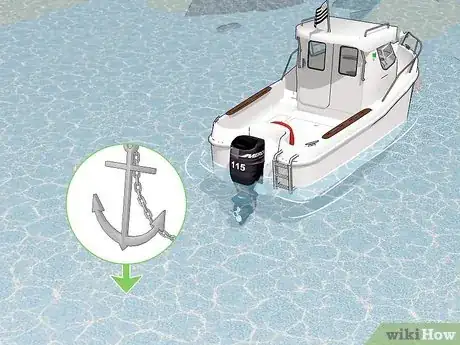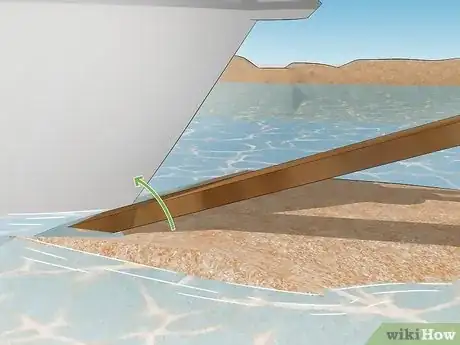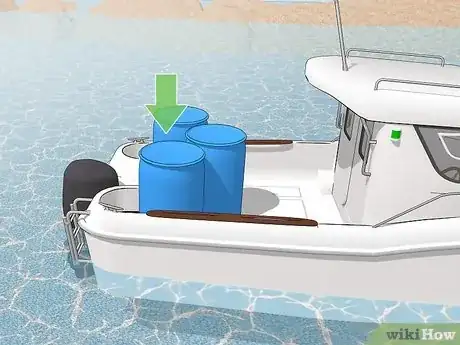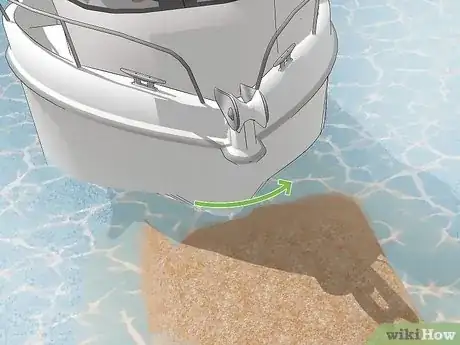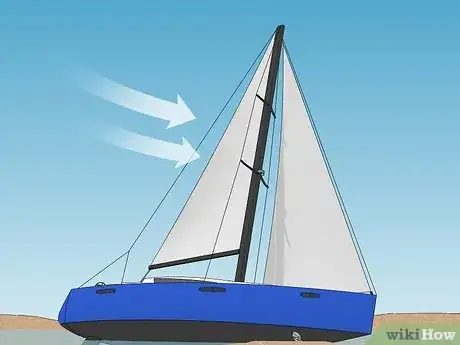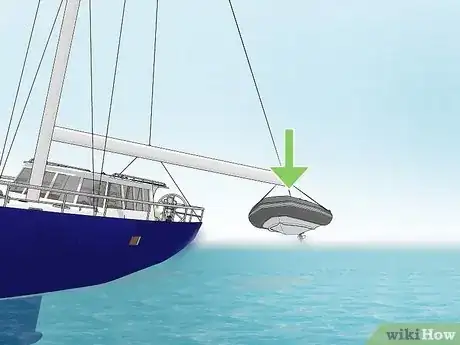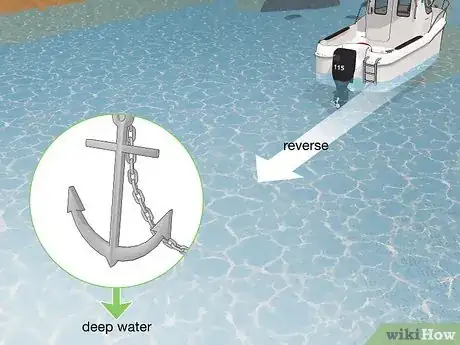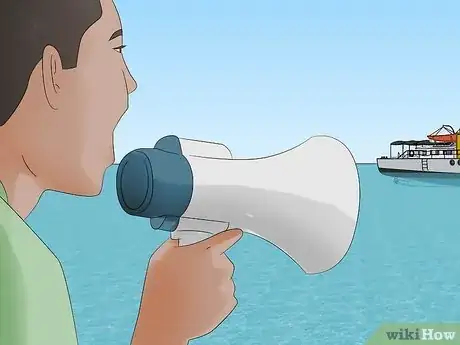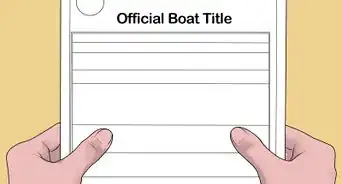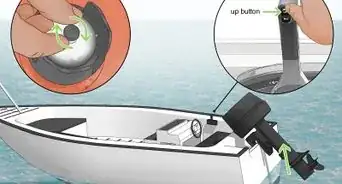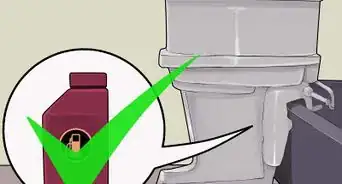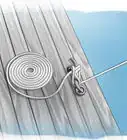This article was co-authored by wikiHow staff writer, Eric McClure. Eric McClure is an editing fellow at wikiHow where he has been editing, researching, and creating content since 2019. A former educator and poet, his work has appeared in Carcinogenic Poetry, Shot Glass Journal, Prairie Margins, and The Rusty Nail. His digital chapbook, The Internet, was also published in TL;DR Magazine. He was the winner of the Paul Carroll award for outstanding achievement in creative writing in 2014, and he was a featured reader at the Poetry Foundation’s Open Door Reading Series in 2015. Eric holds a BA in English from the University of Illinois at Chicago, and an MEd in secondary education from DePaul University.
Learn more...
There’s an old adage among captains that goes, “You’ve either already gone aground, or you will go around.” If you find yourself transitioning from that latter group to the former right now, it’s reasonable if you’re shocked or scared. Take a deep breath. Like countless boaters before you, you will get out of this! Just know, depending on what you run aground on, this situation may be a simple and easy-to-fix mishap, or a serious emergency, so collect your thoughts and analyze the situation before doing anything else.
Things You Should Know
- Whether you try reversing or pushing off depends on how intact your boat is and what you ran aground on. Do not move if you’re taking on water or on rocks.
- Anchor your boat behind you in the deepest water around to avoid being pulled further inland.
- Use a paddle or pole to push your boat back in the water. Try shifting your weight in the boat, spinning the bow, or kedging for additional help.
- Do not hesitate to call out for help or signal emergency services if you cannot get off.
Steps
Warnings
- You can theoretically wait for the tides to change if you run aground during a low tide, but that’s not a good strategy if you’ve never been in this situation before. Estimating the tide and relying on the water level to change may end up wasting precious time you need to use before it gets dark, the weather turns, or worse.⧼thumbs_response⧽
- When in doubt, send a distress call over the radio or call emergency services. It’s not worth taking a risk if your boat is immobile.⧼thumbs_response⧽
- Do not move your boat if you’ve run aground on hard rocks, hard coral, or rocky outcrops. Even if you can get your boat free, the hard ground can tear your hull and cause you to capsize.⧼thumbs_response⧽
References
- ↑ https://www.cruisingworld.com/how/what-do-when-you-run-aground/
- ↑ https://www.cruisingworld.com/how/what-do-when-you-run-aground/
- ↑ https://southernboating.com/maintenance/diy/aground/
- ↑ https://southernboating.com/maintenance/diy/aground/
- ↑ https://www.boatus.org/study-guide/prep/aground/
- ↑ https://www.yachtingworld.com/features/5-tips-going-aground-60047
- ↑ https://www.yachtingworld.com/features/5-tips-going-aground-60047
- ↑ https://southernboating.com/maintenance/diy/aground/
- ↑ https://www.cruisingworld.com/how/what-do-when-you-run-aground/
- ↑ https://www.yachtingworld.com/features/5-tips-going-aground-60047
- ↑ https://www.cruisingworld.com/how/what-do-when-you-run-aground/
- ↑ https://southernboating.com/maintenance/diy/aground/
- ↑ https://www.cruisingworld.com/how/what-do-when-you-run-aground/
- ↑ https://whyy.org/articles/coast-guard-rescues-2-boat-runs-aground-near-barnegat-inlet/
- ↑ https://www.cruisingworld.com/how/what-do-when-you-run-aground/

